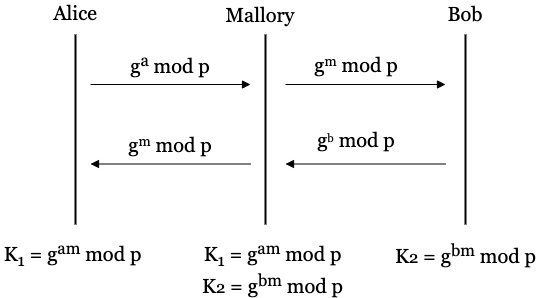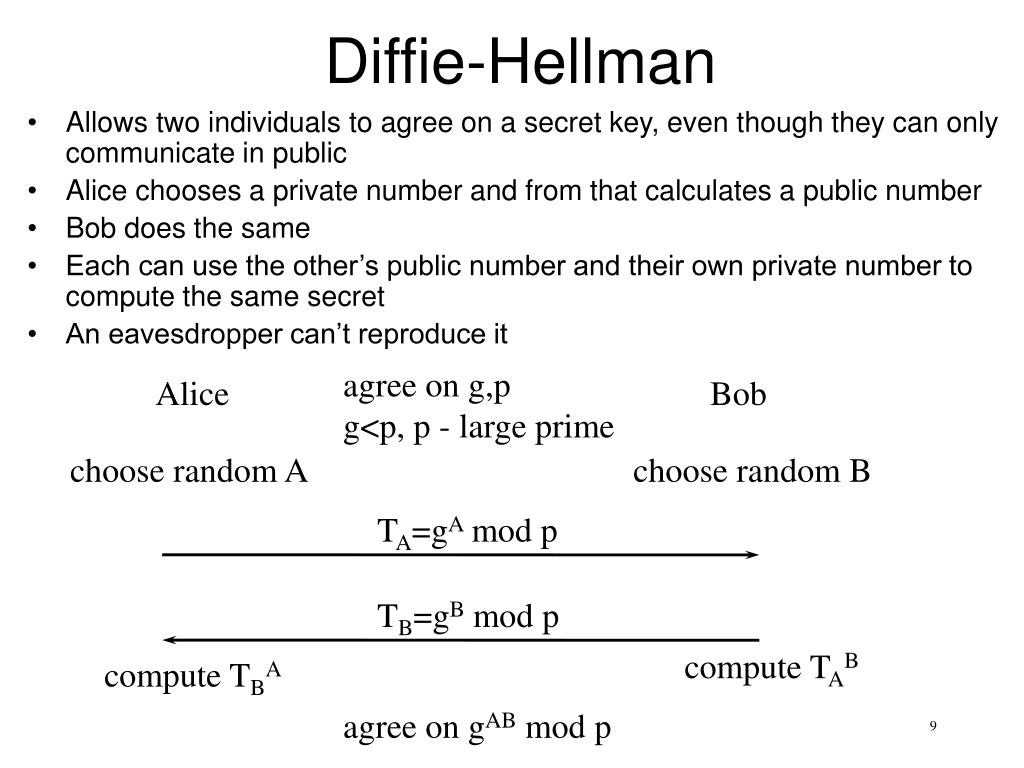

It is named after their inventors who invent this is Whitfield Diffie and Martin Hellman. Keys are not eventually exchanged – they are joint and derived. Submitted by Monika Sharma, on January 09, 2020ĭiffie Hellman key exchange algorithm is a method for securely or secretly exchanging cryptographic keys or a key use in encryption or decryption over a public communications channel or away. We will cover the types of message in Diffie Hellman. In this article, we will briefly study the basic Diffie hellman and its examples aim to capture. When another NFC scanner is used as the damper, the maximum distance at which the transmission between the scanner and the tag is successfully jammed is about 9 cm.This article is about the Diffie Hellman. NFC signal attenuation results indicate that an attenuator with a very precise frequency is required. Jamming of the signal was performed with a specially designed generator and another NFC reader. Experiments show that data can be intercepted at a distance of up to 10 m by using an improvised passive antenna without any amplification or signal filtering circuits and by employing publicly available spectrum analyzers.

The maximum distance is investigated at which it is possible to record a signal of 13.56 MHz. The signal produced by the NFC scanner and tag is analyzed in this research. Therefore, loss of data or jammed data on an NFC chip may result in a variety of extremely negative consequences for the users of this technology. NFC technology is widely used including banking and access control. Near Field Communication (NFC) defines a short-range wireless standard allowing data to be transmitted between two devices at a maximum distance of 20 cm (usually, 4 cm). This paper addresses the vulnerabilities of NFC technology which belong to the RFID class, namely, signal interception and jamming. However, one of the biggest drawbacks of these technologies is their vulnerabilities.

The evolving Internet of Things is based on such short-range technologies as Bluetooth, RFID, etc.


 0 kommentar(er)
0 kommentar(er)
